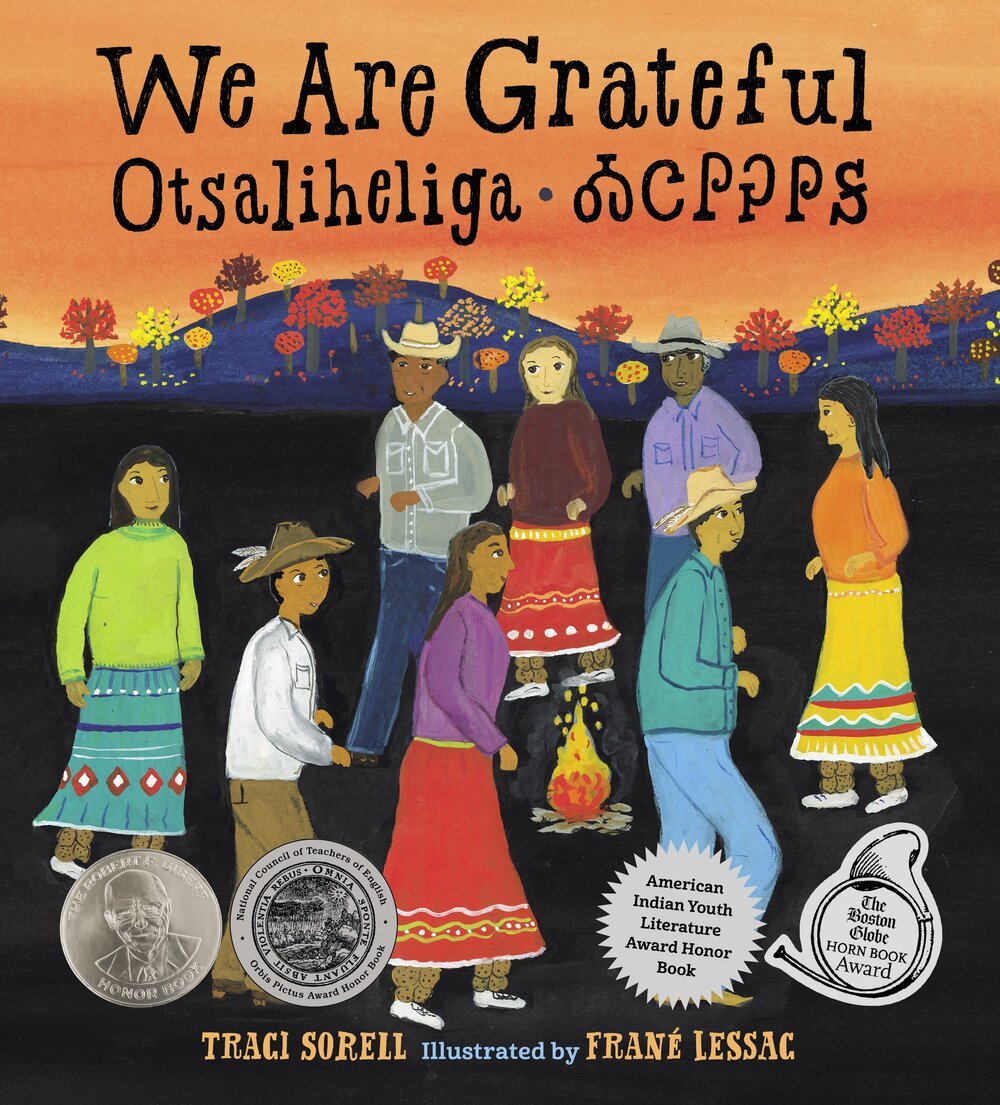As COVID-19 deaths spiked in 2020, Suzanne Firstenberg’s public art installation "In America: How could this happen…"
Museum Artifacts

Grade Range:
K-12
Resource Type(s):
Artifacts, Primary Sources
Date Posted:
9/25/2009
The evolving civil rights movement of the 1950s, 1960s, and 1970s revolutionized the consciousness of young people across the United States. As in African American communities, a new sense of mobilization spread among Mexican Americans. Many adopted a more political identity—chicano an

Grade Range:
K-12
Resource Type(s):
Artifacts, Primary Sources
Date Posted:
3/5/2009
This embroidered mourning picture was embroidered in Lititz, Pennsylvania, about 1816, using silk thread, silk chenille, gold spangles, watercolor, and ink on silk fabric. In a gilded wood frame, it measured 25" x 25", and its black mat is reverse-painted on the glass. Mourning designs appear in

Grade Range:
K-12
Resource Type(s):
Artifacts, Primary Sources
Date Posted:
11/20/2008
WANN represents a significant moment in American cultural history-the rise of black-oriented broadcasting. Although blacks constituted 10 percent of the population, black interest in broadcasting on any scale, didn't begin until 1948. That year WDIA in Memphis became the first station to go to a

Grade Range:
K-12
Resource Type(s):
Artifacts
Date Posted:
4/7/2016
Invention rarely stops when the inventor introduces a new device. Thomas A. Edison and his team worked to improve his electric lighting system for some years after the initial introduction in 1880. This lamp shows the changes made after six years of labor aimed at lowering costs and increasing pr

Grade Range:
K-12
Resource Type(s):
Artifacts, Primary Sources
Date Posted:
9/3/2020
The Quakers published this booklet titled "El Obrero y sus Derechos" in 1981. The 23-page Spanish language booklet uses cartoons to inform and instruct workers on their rights and where to go for help. It covers a wide variety of occupations (apparel, agriculture, construction, car washing, etc.) Th

Grade Range:
K-12
Resource Type(s):
Artifacts, Primary Sources
Date Posted:
1/24/2011
Model 1910 first-aid pouch designed to be worn on the soldier's utility belt.

Grade Range:
K-12
Resource Type(s):
Artifacts, Primary Sources
Date Posted:
11/14/2008
This circular slide rule describes the effects of a nuclear explosion on people. After World War II, scientists at the Los Alamos Scientific Laboratory prepared a report on forms of damage associated with the explosion of atomic bombs. These included physical damage, fire and heat, and nuclear ra

Grade Range:
K-12
Resource Type(s):
Artifacts, Primary Sources
Date Posted:
6/4/2009
The Battle of the Sewing Machines" was composed and arranged by F. Hyde for the piano, and was published in 1874 by Wm. A. Pond & Co. of 547 Broadway, N.Y., N.Y. The lithograph by R. Teller of 120 Wooster St., N.Y., N.Y., illustrates a "battle" of sewing machines. The Remington "army" is marc

Grade Range:
K-12
Resource Type(s):
Artifacts, Primary Sources
Date Posted:
9/19/2009
This variety of maracas, made of cow leather and sinew, is used in musical genres like guaracha, son, and salsa. They are of different sizes, so that one is pitched higher and the other, lower. In contrast, the Afro-Puerto Rican musical tradition known as bomba uses a larger, single

Grade Range:
K-12
Resource Type(s):
Artifacts
Date Posted:
3/1/2018
Originally a bakery or milk delivery wagon, tradition says that Lucy Stone used it at speaking engagements and to distribute the Woman's Journal. Around 1912 suffragists found the wagon in a barn on Stone's property. They painted it with slogans and continued to use it to sell the Woman's Journal



















